History: Fanthorp Inn Impact on Texas
Thursday, October 10th, 2013This is Passport to Texas
During the 19th century, before Texas was…well…Texas… places like Fanthorp Inn State Historic Site in Grimes County, were essential to the development of the state.
12—if it were not for the major transportation stops like Fanthorp Inn, the ability to communicate and travel would have been severely hindered.
Tom Scaggs is a park ranger at Fanthorp. The inn was a 19th century communication and transportation hub, and so much more.
30—Without communication, how can a people become educated to the rigors and problems of a new and struggling republic? How can they organize without communication to band together to make political and social changes without the knowledge of what’s going on 50 miles away? So, without the communication and transportation link, the development would have been severely slowed down, and who knows what direction it would have gone?
Visitors to Fanthorp Inn SHS get a sense of life in the 18oos, and …
06—On the second Saturday of each month, we fire up the stagecoach and offer rides.
Tomorrow Fanthorp Inn reminds us of our past and our progress.
For Texas Parks and Wildlife…I’m Cecilia Nasti.
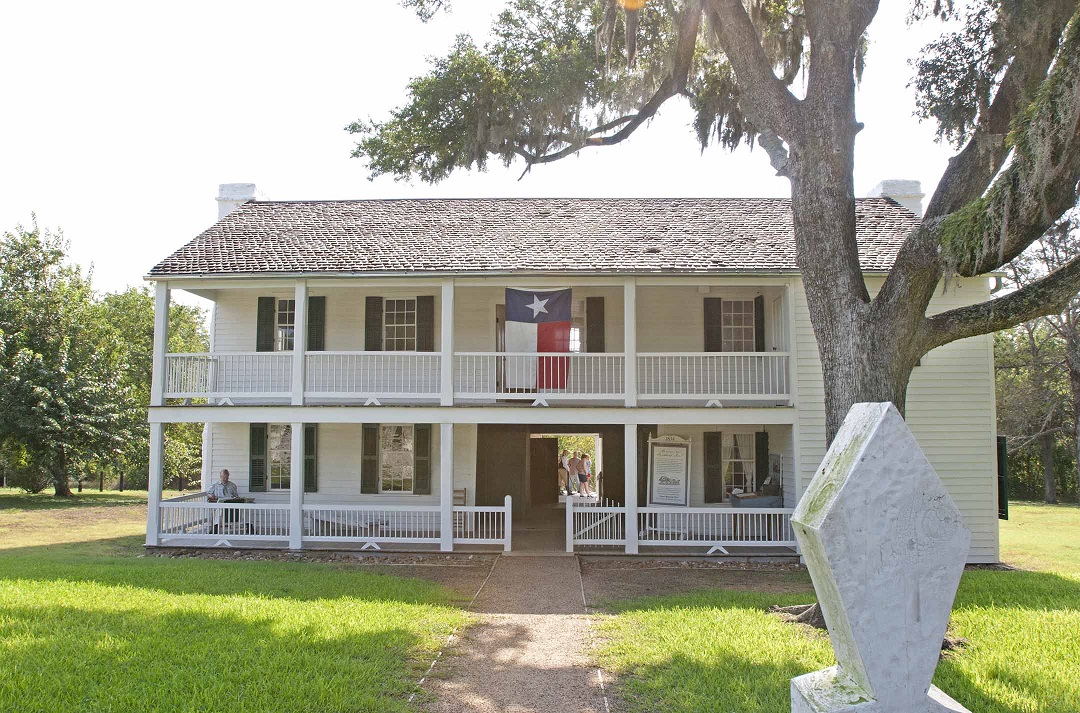

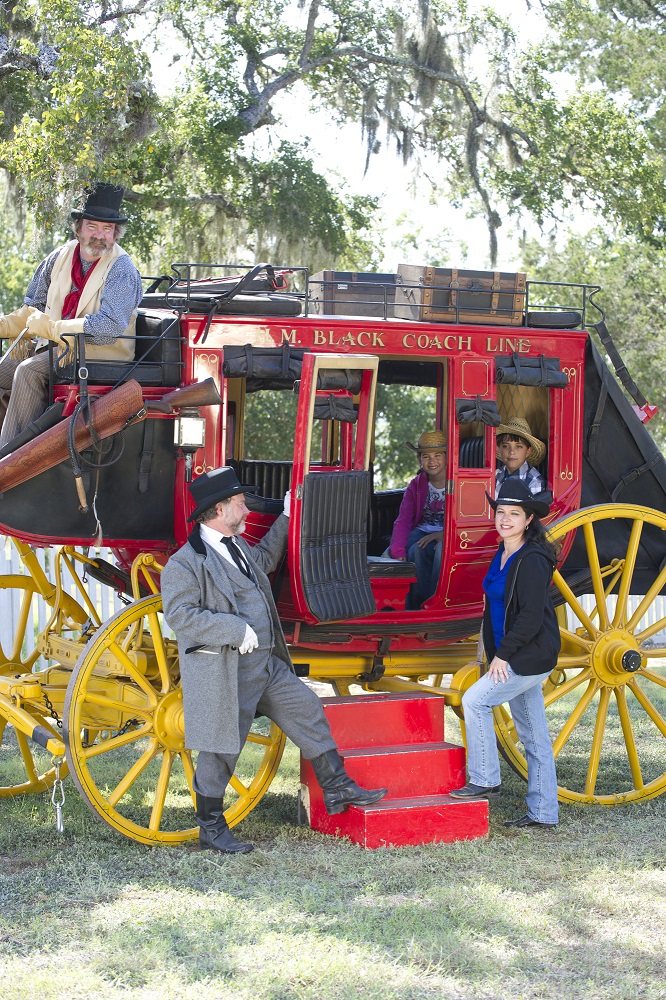
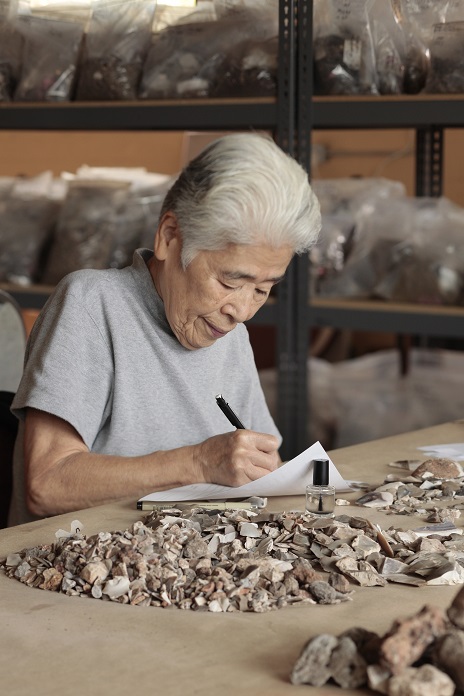
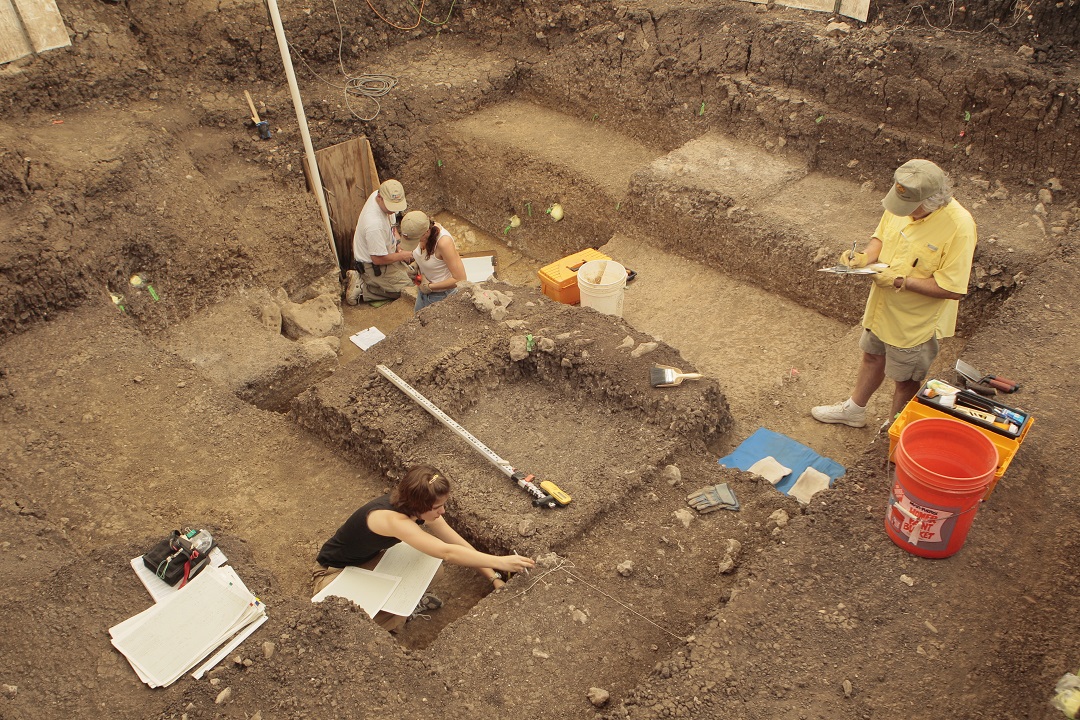
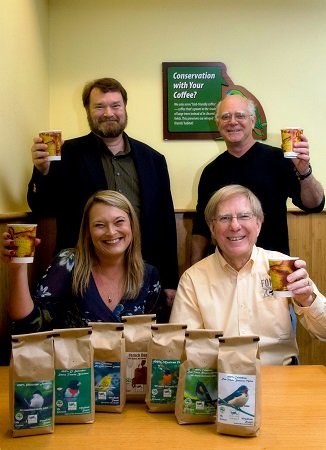

 Passport to Texas is a
Passport to Texas is a  Passport to Texas is made available by:
Passport to Texas is made available by: